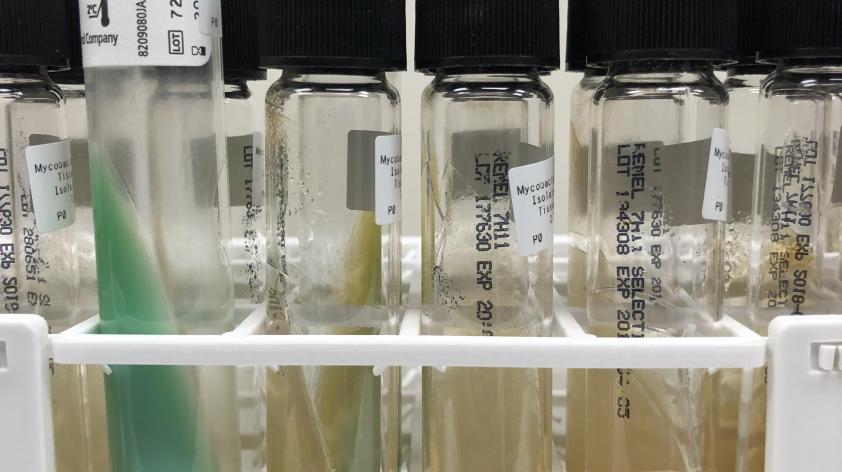
Growing Mycobacteria
Mycobacteria are probably best known for causing tuberculosis and leprosy. These two impactful diseases described throughout history still exist today. They are caused by different species of mycobacteria, Mycobacterium tuberculosis and M. leprae.
Probably less well known is that many mycobacteria are quite ubiquitous. They can be found in the soil and some drinking water systems. There are many species of mycobacteria only some of which are known to cause disease.
M. aviumand and M. genavense for example can cause mycobacteriosis in birds. The Disease Investigations group at the San Diego Zoo Institute for Conservation Research has spent many years studying mycobacteriosis in birds. The disease posed a management challenge which triggered investigations to better understand transmission between birds.
As part of recent studies the Molecular Diagnostics Lab started culturing mycobacteria in house. Senior Research Coordinator Jennifer Burchell has successfully grown numerous isolates from tissue samples. Mycobacteria can be difficult to grow. They require specific media and temperatures and a lot of patience. Some species take weeks for their tiny, almost clear colonies to be seen macroscopically. Isolating and culturing mycobacteria has enabled down-stream, high-resolution DNA analysis that will help understand avian mycobacteriosis in bird populations.













